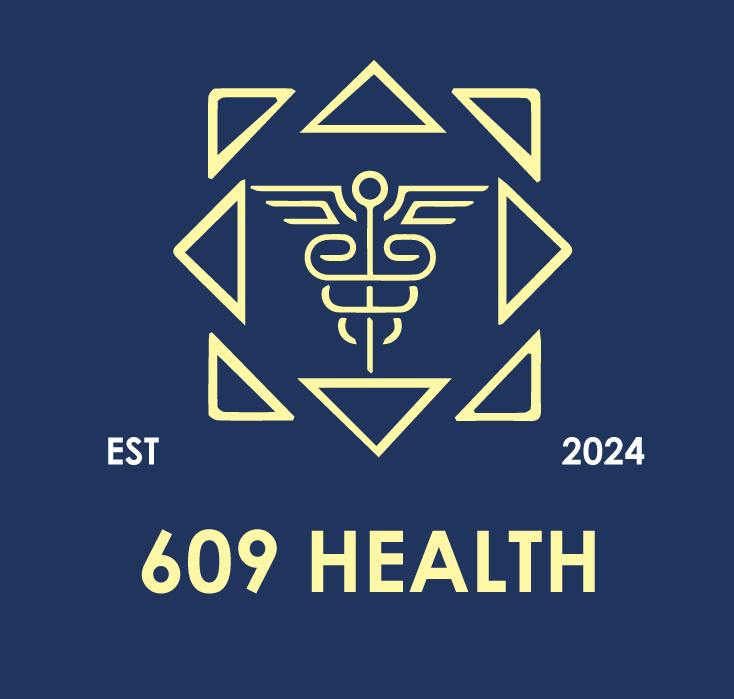Challenge:
A biotech company preparing for the launch of a first-in-class therapy in a low-awareness disease state faced a common dilemma: how do you accurately forecast demand when historical analogs are weak, HCP education is still underway, and patient identification remains fragmented?
Traditional uptake curves and analog-based models weren’t capturing the nuances of emerging diagnostic patterns, shifting access dynamics, or variable treatment adoption timelines. The team needed more than a forecast—they needed a demand model that could think ahead.
The Opportunity:
We built a multi-layered demand model that integrated real-world signals, behavioral patterns, and treatment dynamics to produce scenario-based forecasts tailored to payer, provider, and patient behaviors across market archetypes.
What We Did:
-
Developed a modular forecasting engine combining:
-
Diagnostic claims volume
-
Specialist referral patterns
-
Payer coverage timelines
-
HCP segmentation and readiness scoring
-
-
Layered in behavioral uptake modeling, accounting for prescribing inertia, educational lag, and prior authorization friction.
-
Built geographic variation overlays to highlight hotspots and blind spots based on disease prevalence, diagnostic intensity, and health system alignment.
-
Partnered with finance, marketing, and access teams to define “what-if” levers—allowing them to simulate market interventions and their potential ROI.
Key Enablers:
-
Real-world data inputs from claims, lab test triggers, and PLD
-
Prescriber segmentation using referral density + specialty overlap
-
Monte Carlo simulations to model adoption curves under different access + awareness conditions
-
Custom scenario planning dashboard aligned to launch milestones
Results:
✔ Delivered a high-confidence forecast framework 4 months ahead of launch
✔ Identified 3 under-targeted regions with high potential patient density
✔ Enabled leadership to prioritize payer contracting and HCP education in high-ROI segments
✔ Informed investment decisions for field team deployment, hub services, and digital engagement
Bottom Line:
Forecasting novel therapeutic demand isn’t about finding the perfect analog. It’s about building an intelligent model that reflects how markets really behave. By combining behavioral insight, market signals, and payer strategy, we helped our client move from guesswork to grounded execution.
Looking to build smarter, scenario-ready demand models?
Let’s help you turn uncertainty into action.


